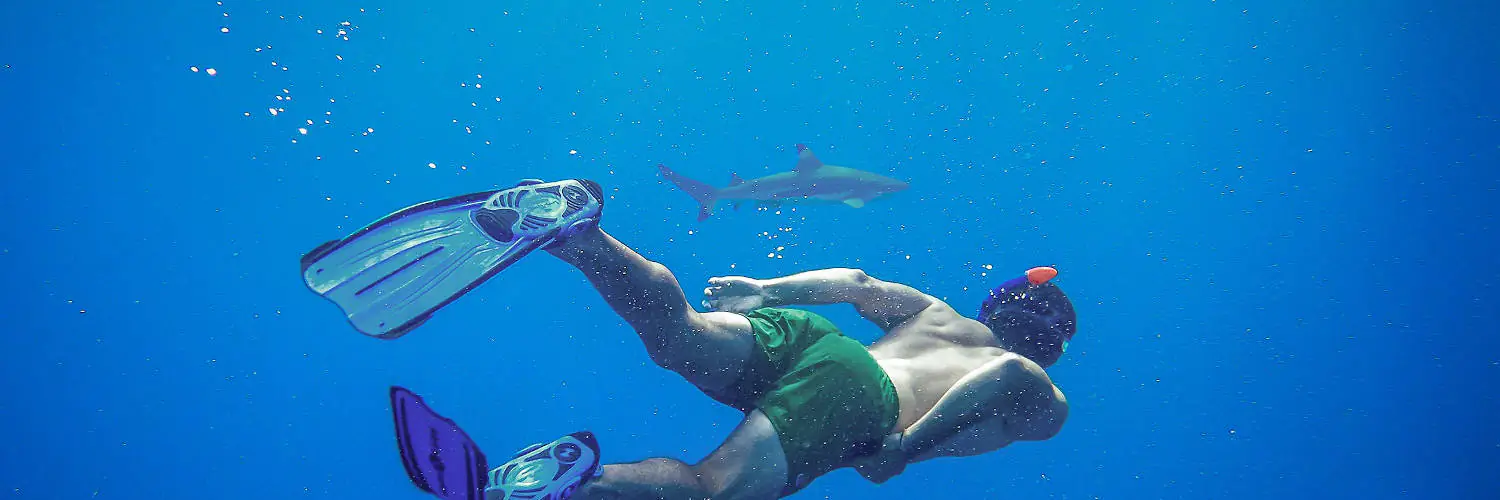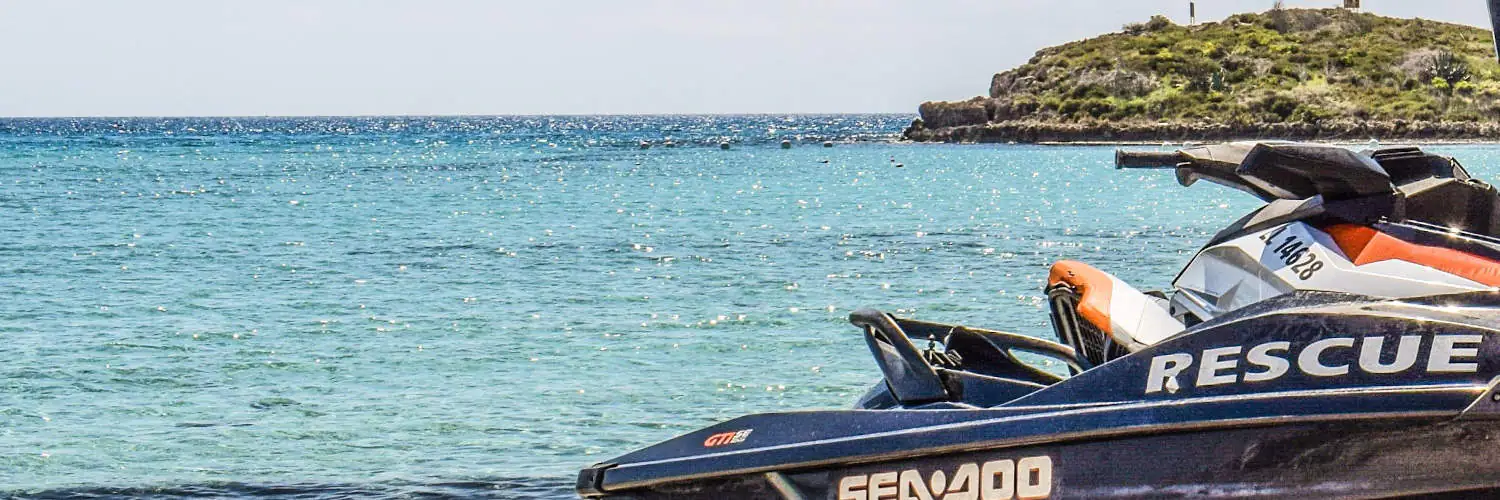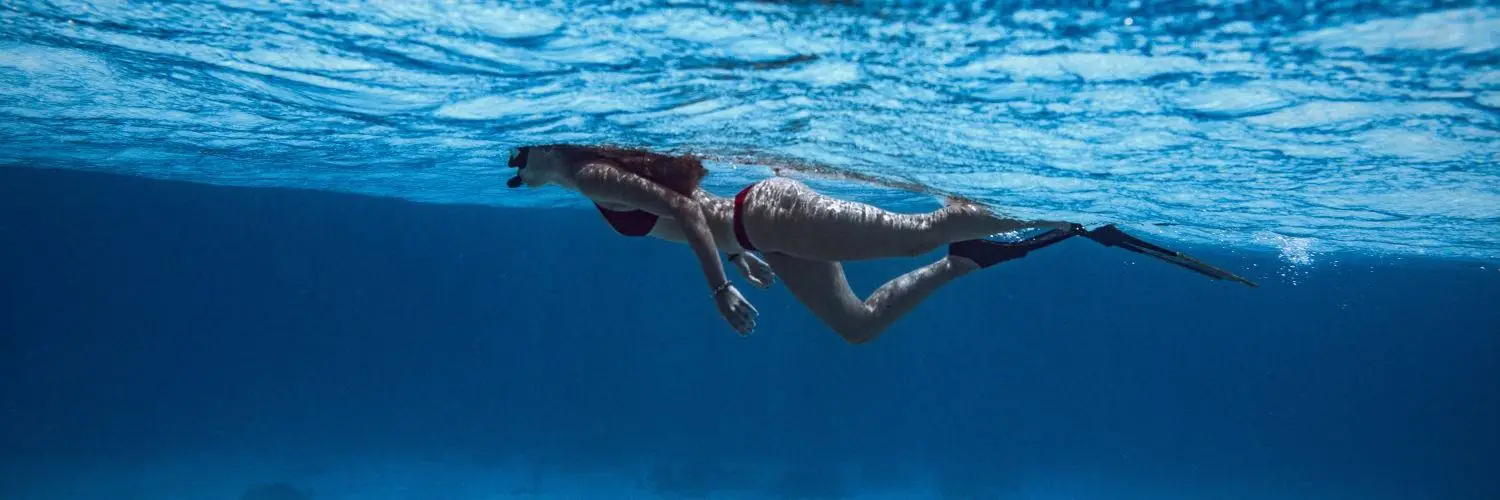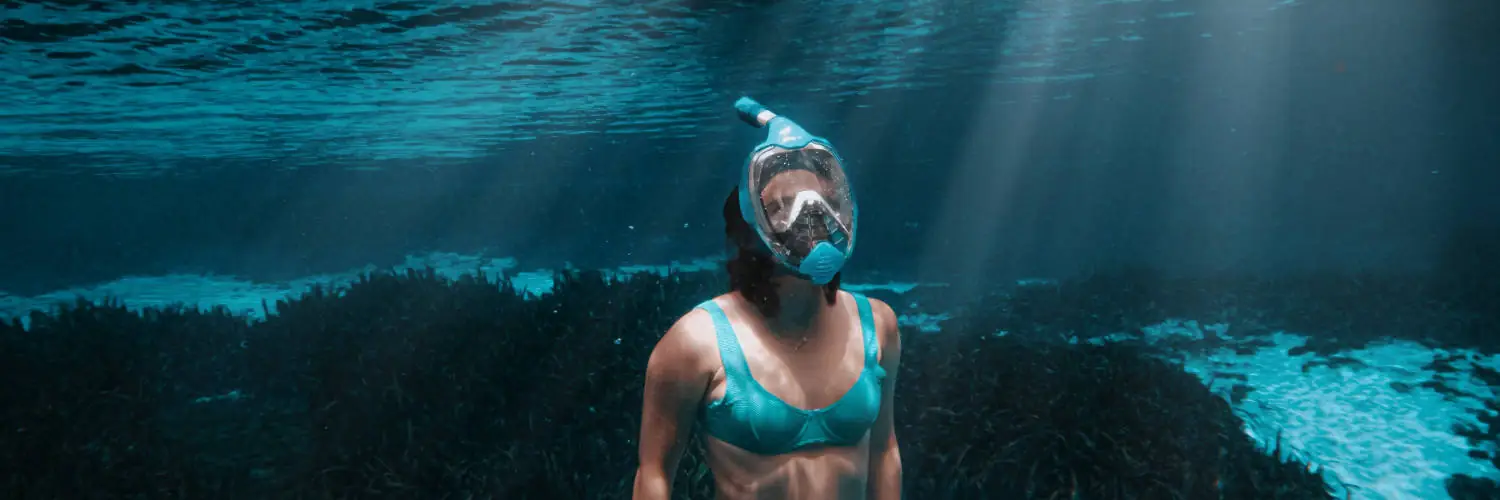Table of Contents
Snorkeling Pants: The Essential Guide for Underwater Comfort and Protection
Snorkeling pants are an essential part of underwater gear designed for swimmers and divers engaging in activities such as snorkeling, diving, and surfing. These specialized pants are often made from neoprene, a type of synthetic rubber that offers insulation against cold water, protecting the skin from abrasions and harmful sun exposure. The thickness of the neoprene varies from about 1.5mm to 3mm, catering to different water temperatures and user preferences.
Equipped with features like ultraviolet protection factor (UPF) rating, snorkeling pants enhance safety and comfort during underwater excursions. In addition to thermal protection, they offer a UPF rating that typically outperforms regular sunscreen, making them an eco-friendly alternative that helps to preserve coral reefs by reducing the need for chemical sunscreens that can harm marine life.
Snorkeling enthusiasts recognize the value of the right attire, and snorkeling pants play a vital role in a successful underwater experience. They provide a balance between functionality and comfort, ensuring that snorkelers can freely move underwater while maintaining body warmth. With options for both men and women, these pants come in various sizes, colors, and designs, accommodating the diverse needs and styles of snorkelers around the world.
Understanding Snorkeling Gear
Engaging in snorkeling requires appropriate gear to ensure safety, comfort, and a good experience. The gear must accommodate different water temperatures and provide protection against the sun and marine life.
Choosing the Right Wetsuit
When selecting a wetsuit for snorkeling, the foremost considerations are fit and comfort. A well-fitting wetsuit should conform closely to the body to retain heat, yet allow for flexibility and free movement. Here are key aspects to keep in mind:
- Water Temperature: Choose a wetsuit thickness that matches the water temperature. For warm waters, a thin wetsuit or even a rash guard with UPF ratings for sun protection might suffice. Colder conditions necessitate thicker neoprene to retain body heat.
- Material: Modern wetsuits for snorkeling are typically made from neoprene, providing insulation and buoyancy. Some wetsuits incorporate elastane for extra stretch.
- Fit: A proper fit is crucial. Too tight may restrict movement, too loose may allow too much water flow which cools the body.
- Buying vs. Renting: While renting can be cost-effective, especially for beginners or infrequent snorkelers, buying ensures a personalized fit and is often a better long-term investment.
Mask and Snorkel Essentials
Masks and snorkels are central to the snorkeling experience, impacting both visibility underwater and ease of breathing.
- Snorkel Mask:
- Look for a snorkel mask with a snug, watertight seal and comfortable silicone skirt to prevent leaks.
- Options are available for different facial structures, including prescription snorkel masks for those who need corrective lenses.
- Dry Snorkel vs. Full-Face Snorkel Mask:
- A dry snorkel features a mechanism that prevents water entry, ideal for snorkelers who prefer traditional masks.
- A full-face snorkel mask might be suitable for those seeking a panoramic view and integrated breathing, though it may take time to get used to.
- Fit and Comfort: An adjustable strap is essential for a secure fit, ensuring the mask stays in place during snorkeling activities. Comfort is key, so test out different styles to find the best match.
Selecting the appropriate snorkeling gear, including the wetsuit, mask, and snorkel, enhances the underwater experience, providing the snorkeler with suitable protection and functionality.
Sun Protection and Comfort
When snorkeling, the right clothing can prevent sunburn and discomfort, offering UV protection and warding off jellyfish stings. Snorkeling pants, as part of an ensemble of sun protection swimwear, are crucial in safeguarding the skin from harmful UV rays and other potential irritants.
Rash Guards and Sunscreen
Rash guards are specially designed garments that offer a physical shield against the sun’s UV radiation, often featuring UV protection rated by the Ultraviolet Protection Factor (UPF). High UPF clothing is essential, as it directly reduces the amount of UV radiation that reaches the skin, minimizing the risk of sunburn and melanoma. To complement rash guards, snorkelers should apply reef-safe sunscreen, which lacks oxybenzone and octinoxate, substances harmful to marine ecosystems. This sunscreen should be broad-spectrum, protecting against both UVA and UVB rays, and should contain titanium dioxide, acting as a physical barrier to ultraviolet radiation.
-
Rash guard features:
- High UPF rating (e.g., UPF 50+)
- Covers skin exposed to direct sunlight
-
Reef-safe sunscreen attributes:
- Free from oxybenzone and octinoxate
- Contains titanium dioxide or zinc oxide
- High SPF rating, usually SPF 30 or above
- Broad-spectrum protection
Clothing Materials
The materials used for snorkeling pants and other sun protection clothing play a pivotal role in comfort and UV protection. Materials with a tighter weave and darker colors typically offer better UV protection. In terms of comfort, synthetic fibers like nylon and spandex provide stretchability and a snug fit, reducing the risk of jellyfish stings by limiting skin exposure and also enhancing the swimmer’s mobility.
- Effective materials for UV protection:
- Polyester
- Nylon
- Spandex (also called Lycra)
These materials also dry quickly, reducing the time the skin is damp and vulnerable to chafing, which is especially beneficial in water sports like snorkeling. The degradation of the ozone layer has made high UPF clothing more critical than ever, as it serves as the first line of defense against ultraviolet radiation that the ozone layer is increasingly less capable of filtering.
Safety and Environmental Considerations
When selecting snorkeling pants, it’s essential to consider not only your own safety and comfort but also the preservation of the marine environments you’ll be exploring. The material, fit, and additional features of the pants should facilitate movement and protection from various water conditions, while also ensuring the well-being of coral reefs and marine life.
Prevention and First Aid
Buoyancy: Always choose snorkeling pants with the correct buoyancy characteristics to aid in swimming. Pants with buoyancy support help reduce effort and fatigue, increasing safety.
Protection from the Elements: Snorkeling pants should provide thermal protection in cold water, reducing the risk of hypothermia. Additionally, they should guard against skin irritation from jellyfish stings or rough coral surfaces.
-
Visibility: Brightly colored pants enhance visibility in the water, making it easier for others to see you, which is crucial in case of an emergency.
-
First Aid: Be prepared for minor injuries by carrying a waterproof first aid kit tailored for marine activities.
Eco-Friendly Practices
Reef-Safe Sunscreen: Opt for reef-safe sunscreen to protect your skin while minimizing harm to the ozone layer and marine ecosystems.
Conservation of Marine Life:
- Avoid physical contact with all forms of marine life, as human touch can be harmful, especially to coral reefs.
- Do not remove anything from ocean environments; admire the beauty without disturbing it.
Responsible Fabric Choices:
- Choose snorkeling pants made from eco-friendly materials.
- Consider durability to lessen the frequency of replacement and subsequent waste.
Enhancing Your Snorkeling Experience
To extract the utmost enjoyment and comfort from snorkeling, one must pay attention to the apparel they choose. Proper gear tailored to body shape and water conditions greatly reduces effort and maximizes the ability to observe marine life.
Comfort and Fitness
Choosing pants that have the proper fit is crucial. They should be snug but not restrictive, allowing for full range of motion without causing drag. Pants with the right thickness provide warmth according to the water temperature. Wetsuits for snorkeling often come in varying thicknesses measured in millimeters, with thinner materials for warmer waters and thicker for cooler conditions.
- Leggings and boardshorts: Ideal for warmer climates; offer sun protection without overheating.
- Fin socks: Prevent chafing from fins and provide additional insulation in colder waters.
Accessories and Maintenance
Accessories can enhance the snorkeling experience and maintain the longevity of snorkeling gear.
- Headband and hair ties: Keep hair away from the face and prevent mask seal breaks.
- Waterproof pouch: Securely stores valuables and keeps them dry.
- Snorkeling rash guards: Offer protection from the sun and minimize the risk of irritating rashes.
- Snorkel vest: Adds buoyancy and visibility, facilitating longer snorkeling sessions.
Maintenance is key to preserving gear:
- Pre-treat masks to prevent fogging for clear underwater vision.
- Rinse gear with fresh water post-snorkel to extend the life of the equipment.
By prioritizing comfort through proper fit and thickness, and enhancing the snorkeling experience with thoughtful accessories and consistent maintenance, snorkelers can focus on the wonders of the underwater world with minimal distraction.








